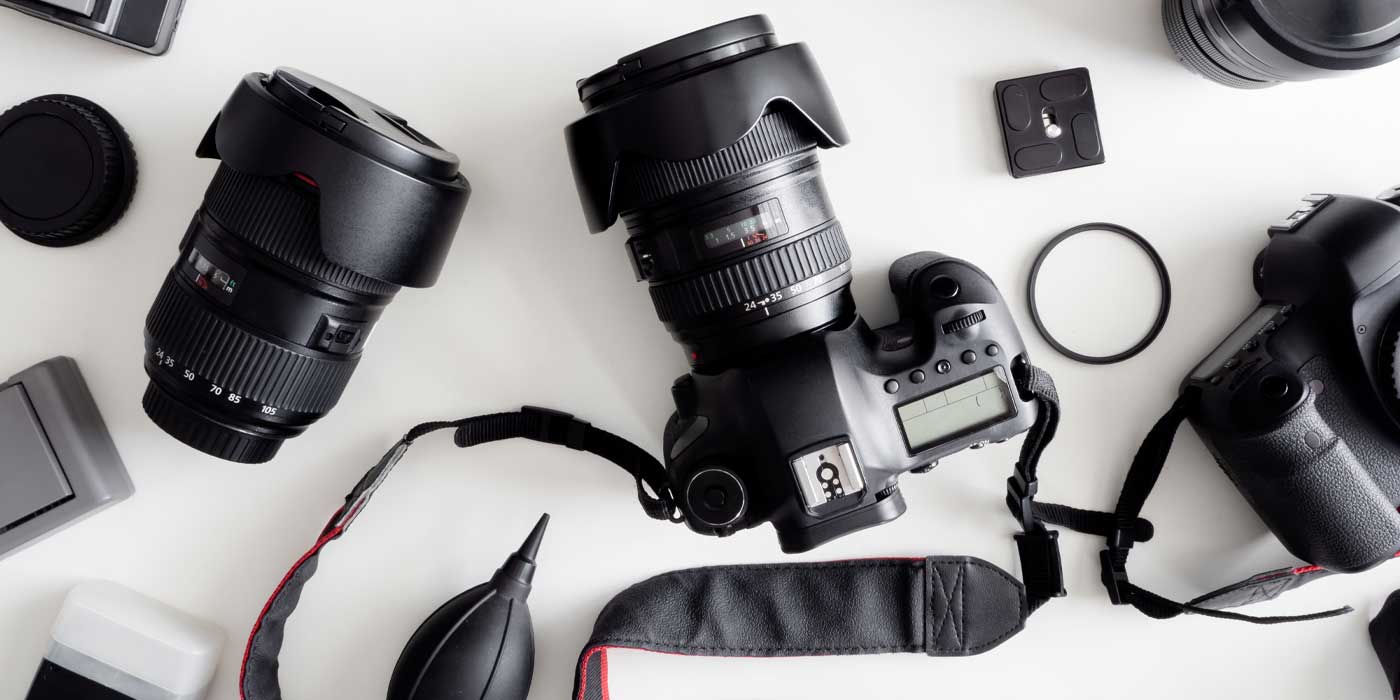Used cars offer the best defense against margin compression — and how you leverage reconditioning as an offensive tool makes this work. Getting incoming cars reconditioned and to the sales line quicker can mean healthier gross margins for your used car operation.
What follows is how to do this and sell 15 to 40 percent of trades and auction cars before they complete their reconditioning journey.
Selling cars right off transports or out of reconditioning isn’t new. What is new, however, is how dealers selling before, during and even after recon can control and manage the workflow confusion and disruption this activity can create for reconditioning.
If you’re looking for a margin-compression fighter, this is a no-brainer that will allow:
• Higher gross when an interested buyer comes forth ahead of completing recon
• A strong salesperson the opportunity to establish trust by offering vehicle details — and even do an “as-is” deal or a modified recon path for a purchase commitment — instead of “selling” an appointment to a buyer
• Less overhead or holding-cost erosion on those sales margins
When we started our business in 2010, recon was seen as a necessary inconvenience. As the used car market became more efficient, however, some dealers saw the opportunity to double or triple their volume by putting all their cars online immediately. At the same time, this reduced their time-to-line (T2L) process to a few days.
My first exposure to this photos-first workflow strategy was at a Salt Lake City dealership. It was taking five to 10 pictures of vehicles before mechanical inspection and putting those images and vehicle descriptions online almost immediately. At a Bay-area dealership that was pioneering what we know today as the business development center (BDC) concept, a similar sell-at-recon strategy was taking place. The BDC’s job was to work phones to find buyers for in-transit and just-traded cars. In both situations, sales volumes increased, as did margins on those sales.
The truth these examples give us is that if you want to increase turn and gross, you must get cars to the sales lot quicker than ever before. Using T2L and a photo-first workflow moves your dealership to the forefront of how, where and when today’s “digital” buyer shops. Autotrader reports:
• Consumers spend 15 or more hours online researching when shopping for vehicles.
• Most used-car buyers now use the Internet to research car prices.
Digital marketing fundamentals and users of rapid reconditioning workflow technology confirm:
• You must get incoming cars online and to the front line fast — almost immediately digitally and physically within three days or so.
• You must have knowledgeable and well-trained staff who can work and respond properly to immediate sales opportunities, by whatever channel opportunity knocks.
• You must utilize reconditioning workflow tools to move cars forward smoothly through the multi-step process without losing control or creating delay to accommodate a photos-first recon strategy.
Dealers start a photos-first recon strategy at the trade walk and at transport delivery. The walk familiarizes the sales staff with incoming inventory. Encourage them to use their smartphone cameras to image those vehicles and then text those pictures of interest to prospects who they know would be interested. Next, give all incoming inventory a quick appearance spiff up and then run them through the photo booth. Have your photo/Web expert get these images and corresponding VIN data loaded online immediately.
Getting cars online quickly and using T2L recon workflow does two things for you: It gets buyer eyeballs on them almost immediately from your time of possession to get phones ringing, and it helps reduce holding cost margin erosion on those cars.
Holding costs are a $40 a day per car overhead expense on incoming inventory that travels with the unit from acquisition to its sale. Faster T2L alone is mandatory if you want to reduce daily holding costs. Holding cost erosion at a three-day T2L is $120 versus $400 at a 10-day cycle. Sell a car early on — and while its recon will continue — and you eliminate its holding cost erosion. Both actions contribute to healthier margins.
Once these recently arrived units are through mechanical and cosmetic improvements, replace earlier “grab and shoot” images with 360-degree images. Enhance VIN descriptions with accessory and other details to establish these units’ uniqueness.
This strategy demands that the dealership have in place the right transitional processes to flow digital shoppers through their online engagement with you through and including their visit to the showroom. This means that while the showroom continues to be a vital part of the buying experience for many consumers — and most online transactions are completed in the showroom — your sales process must build trust with buyers asking about a particular car over the phone.
Old skills won’t suffice here. According to studies, by 2020, approximately 85 percent of customer interaction with dealerships will be experienced with non-humans (i.e. bots and online). That means that dealerships need to be more human, be better trained and provide better experiences. The bottom line is that today’s customer wants education, not information.
To fight margin erosion, you must battle back wisely. Reducing recon T2L to a few days from many gets inventory to the sales line when fresh to command maximum grosses. A photo-first recon workflow strategy can help sell several incoming cars before holding costs erode that margin and when they can command maximum margin from online buyers.
Dennis McGinn













